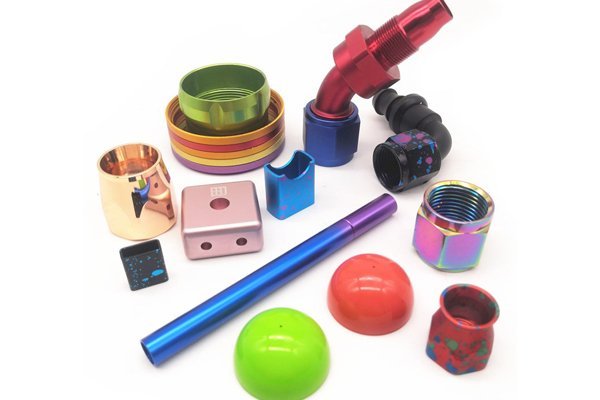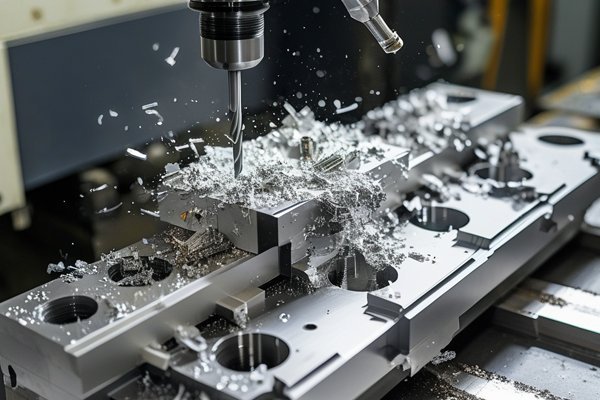Opening
Have you ever marveled at how metals, despite their apparent rigidity, behave like elastic materials when exposed to extreme temperatures? This phenomenon is particularly critical in the realm of CNC (Computer Numerical Control) machining, where precision is paramount. Did you know that the thermal properties of brass, specifically its melting point, can drastically affect the thermal stress experienced during machining processes? In fact, a slight variation in temperature can lead to dimensional inaccuracies and compromised material integrity. In this blog, we’ll delve into the intricate relationship between the melting point of brass and the thermal stress encountered during CNC machining, providing valuable insights and solutions to optimize the manufacturing process.
—
Understanding Brass and Its Melting Point
Brass is a versatile alloy composed primarily of copper and zinc, although other elements can be added to improve specific properties. Its melting point typically ranges between 900°C to 940°C (1652°F to 1724°F), depending on the specific formulation. Brass is widely used in various applications, from plumbing fixtures to musical instruments, thanks to its excellent corrosion resistance, thermal conductivity, and workability.
However, these properties can also make brass sensitive during machining, especially with CNC machines that run at high speeds and generate intense localized heat. Understanding the melting point’s implications is essential for manufacturers aiming to ensure quality and consistency throughout production.
—
The Connection Between Melting Points and Thermal Stress
As the temperature rises during CNC machining, components made from brass expand; conversely, they contract as they cool. Due to the relatively low melting point of brass compared to other metals, slight deviations in temperature can lead to a significant increase in thermal stress. This stress is particularly detrimental during processes such as drilling, milling, and turning, where precision machining is required.
At elevated temperatures, brass can experience a phenomenon known as creep, where the material slowly deforms under constant load. This can lead to dimensional changes that compromise the part’s integrity. Understanding where this point lies in relation to the brass’s melting point can help manufacturers adjust machining parameters to mitigate these issues.
CNC machining often generates concentrated heat, especially at cutting edges. If the temperature exceeds the melting point too rapidly without sufficient cooling, it may cause the brass to soften or melt at the cutting surface, leading to tool wear and poor surface finishes.
Repeated thermal cycles during machining create stress that can lead to fatigue failures in the material. This is a crucial consideration that manufacturers must factor into their planning to prevent costly reworks or failures.
—
Strategies for Mitigating Thermal Stress in Brass CNC Machining
Addressing the thermal stress associated with machining brass involves a combination of cooling strategies, tool selection, and adjustments to machining parameters. Here are some key solutions:

—
In summary, understanding how the melting point of brass influences thermal stress during CNC machining is vital for manufacturers seeking to produce high-quality, accurate components. By implementing effective cooling techniques, selecting appropriate tools, adjusting machining parameters, and preparing materials, manufacturers can significantly reduce thermal stress and enhance overall machining performance.
As industries continue to evolve and the demand for precision components increases, taking the time to consider these factors is not merely an operational consideration; it is essential for maintaining competitiveness in today’s manufacturing landscape. By being proactive about the thermal characteristics of brass, CNC machining operations can achieve consistency, improve part quality, and enhance the longevity of their tools.
Reflecting on this topic encourages us to think critically about the technical aspects of CNC machining and the ways we can innovate to push the industry forward. Whether you’re a seasoned engineer or just beginning your journey into machining, integrating this knowledge into your practice will pave the way for success in your manufacturing endeavors.






